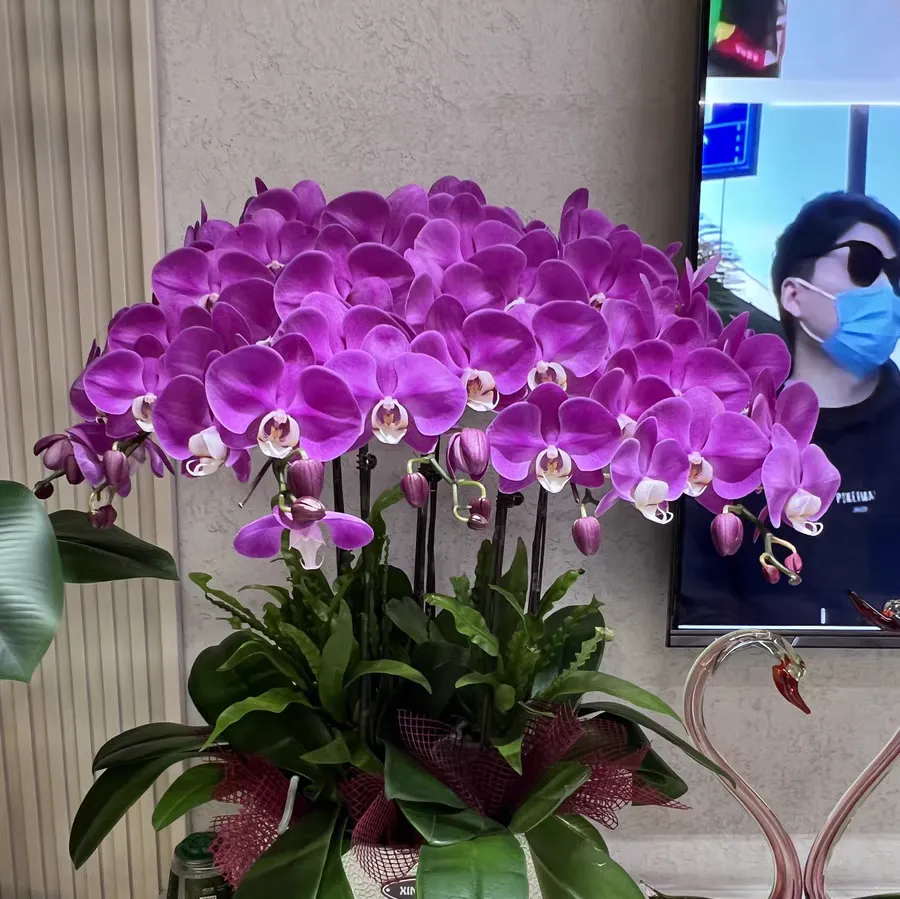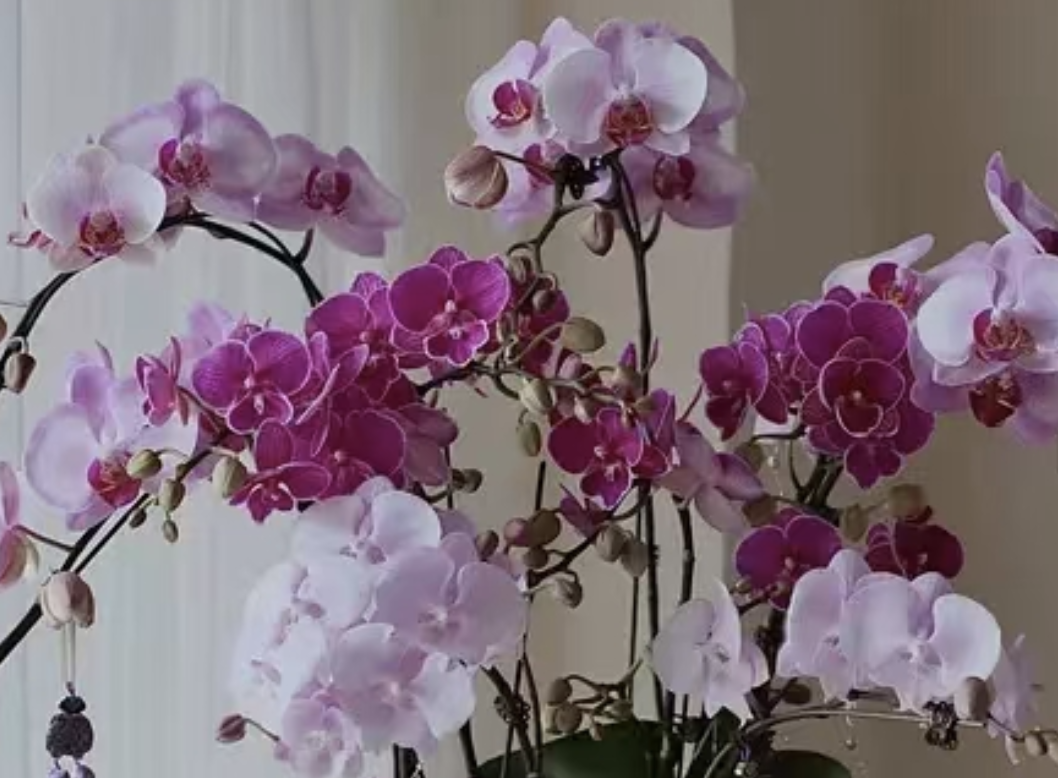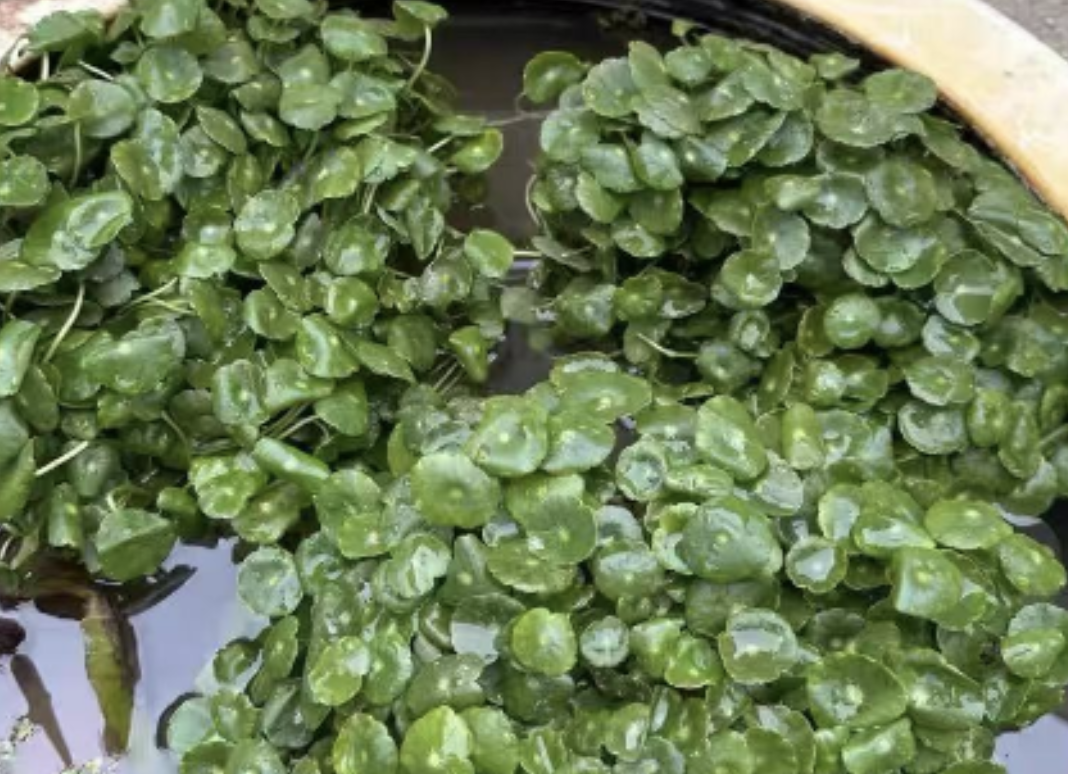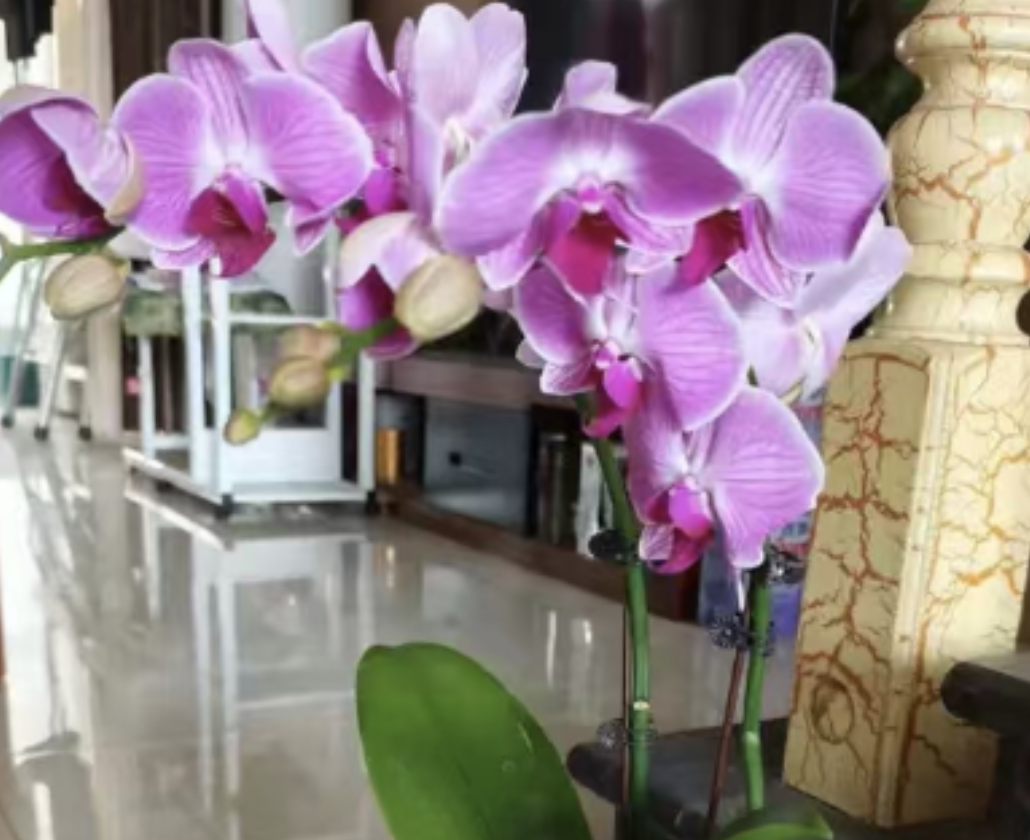Phalaenopsis is elegant and beautiful, but the mold - prone roots often cause headaches for flower - lovers. Understanding the causes and mastering scientific treatment methods are the keys to maintaining Phalaenopsis.
### I. Causes of Root Mold
1. Excessively wet planting medium: Phalaenopsis is an epiphytic plant, and its roots require air permeability and a dry - wet cycle. If the planting medium has too strong water - retention capacity or watering is too frequent, the roots will be in a wet environment for a long time, resulting in oxygen deficiency, the growth of anaerobic bacteria, and the occurrence of mold.
2. Poor ventilation: Poor air circulation will increase the humidity, which is conducive to the reproduction of mold. If Phalaenopsis is placed in a closed corner for a long time or placed too densely, the air is difficult to exchange, and the roots are prone to mold.
3. Root injury: Root damage caused by pulling during repotting or accidental injury by tools will destroy the protective barrier, allowing mold to take advantage.
4. Pathogen infection: There are pathogens such as Fusarium and Pythium in the environment. When the plant's resistance is weak, the pathogens invade the roots, causing mold, and may also infect other plants.
### II. Solutions to Root Mold
1. Drain in time: When root mold is found, carefully take out the plant, and use paper towels to absorb the water from the roots and the planting medium to slow down the growth of mold.
2. Clean the roots: Use a disinfected scissors to cut off the moldy and rotten parts until the healthy tissue is exposed.
3. Disinfection treatment: Soak the roots in carbendazim solution for 10 minutes, and then dry them in a cool and ventilated place to prevent re - infection.
4. Replace the planting medium: Discard the old planting medium, and select a new planting medium mixed with moist bark and sphagnum moss. Lay ceramsite at the bottom of the pot to enhance drainage, and then replant.
5. Strengthen ventilation: Place Phalaenopsis in a well - ventilated place, or use a fan to assist, to reduce humidity, which is beneficial to the recovery of the plant.
### III. Maintenance Precautions
After treatment, water should be strictly controlled. Water when the surface of the planting medium is dry and the inside is slightly wet, and water thoroughly each time. Provide scattered light, and maintain the temperature at 15 - 30℃. Observe regularly, and low - concentration carbendazim solution can be sprayed for prevention, so as to help Phalaenopsis grow healthily and bloom brightly.
What are the causes of mold on the roots of Phalaenopsis?

Share with
Tagged in :




Leave a Reply